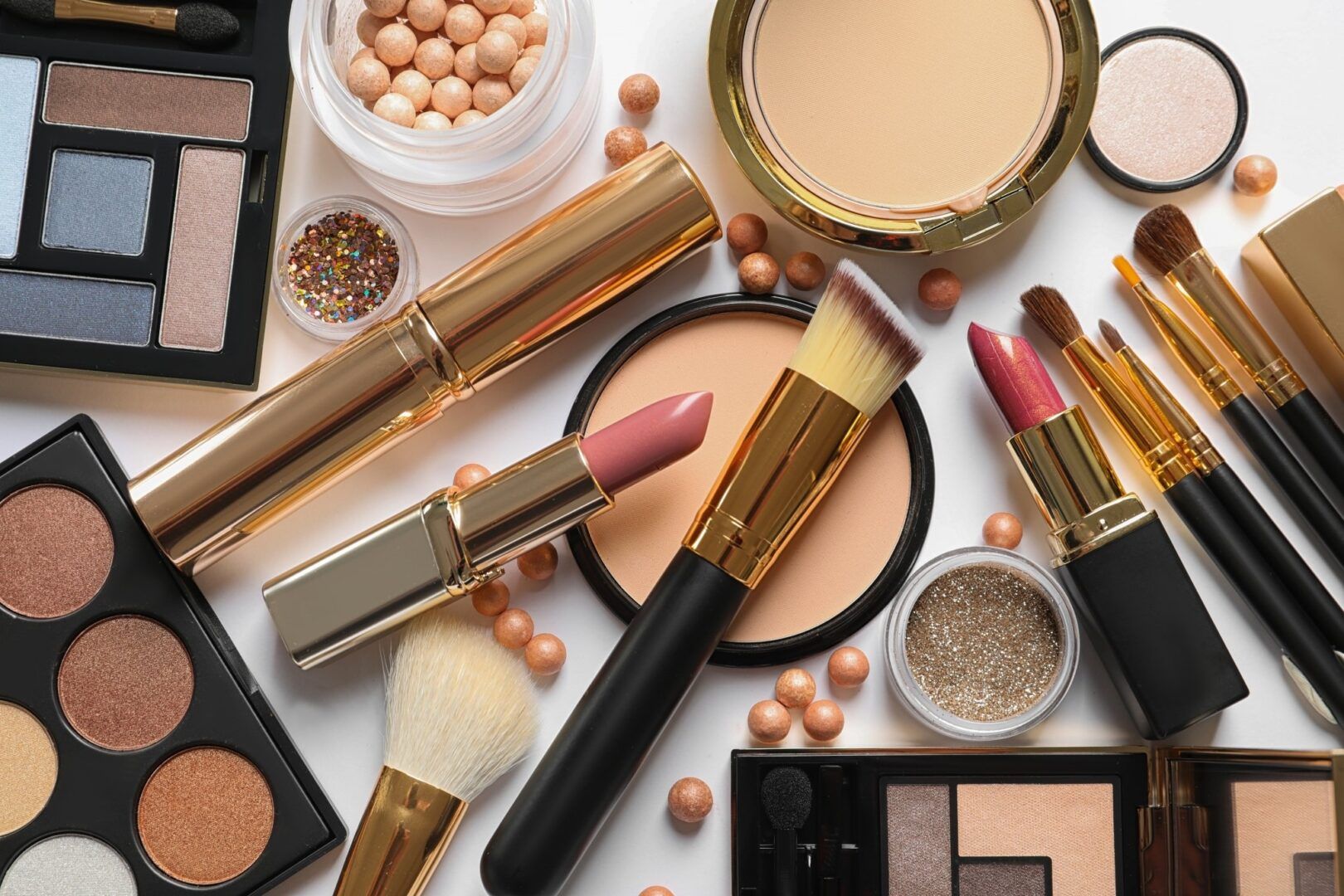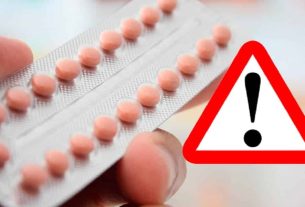Lead is a toxic metal that is found in several cosmetics, not necessarily as an ingredient, but as a contaminant.
You’ve probably already heard about the presence of metals and other toxic substances in cosmetic products, right? Although many people know this, this fact often goes unnoticed. And also due to the fact that there are bodies that regulate the presence and quantity of these materials in this type of product. Lead in cosmetics is one of the most common, and despite being a toxic substance, the permitted amount is still considered safe.
But the fact is that lead is a heavy and very toxic metal, mainly because it is bioaccumulative. Which means that it progressively accumulates in the food chain and is not eliminated over time. Furthermore, it is a carcinogen, harmful to both the brain and the nervous system, and can also affect the circulatory system. Thus, it is related to the development of anemia, saturnism, kidney dysfunction and even neurological and reproductive system changes.
When we talk about lead in cosmetics, we are talking about a minimal presence of this metal in products such as hair dyes, among others. However, it is not considered an ingredient, just a contaminant. Precisely for this reason it is not seen by regulatory bodies as a serious health risk. Therefore, today we will better understand the issue of lead in cosmetics and the risks of using products with this metal.
Lead in cosmetics
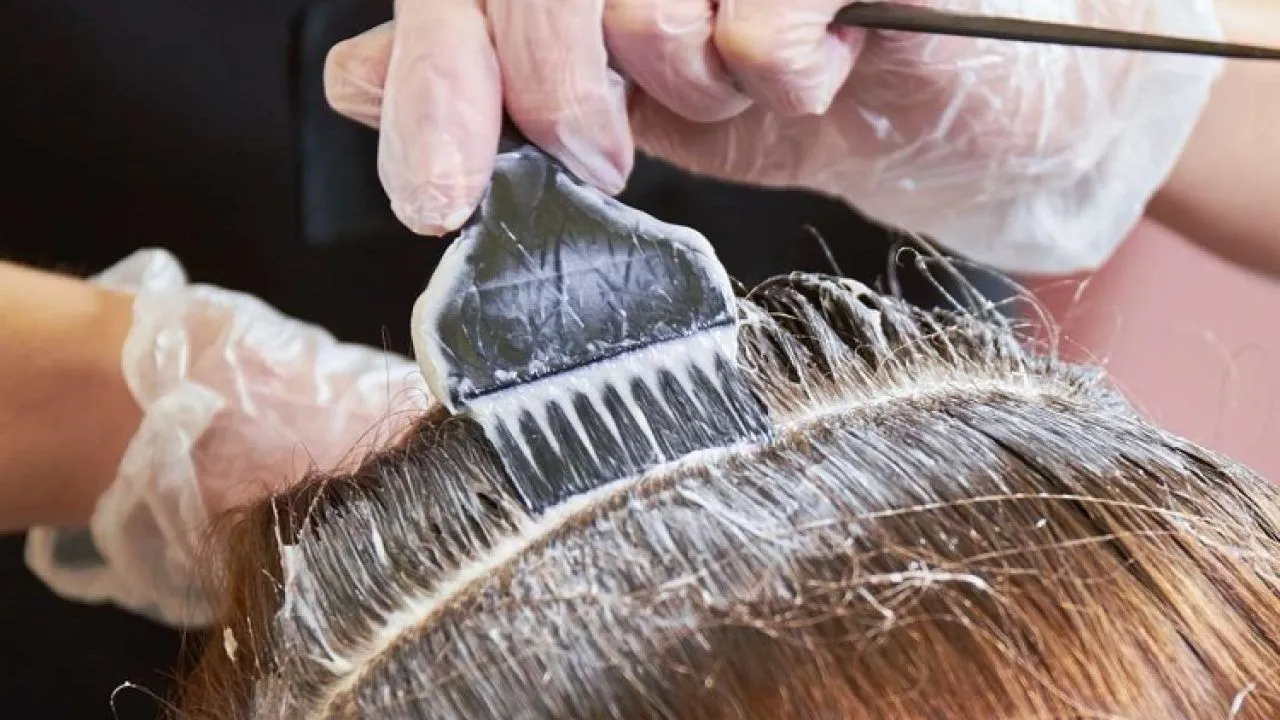
So, as we saw previously, lead is a toxic metal capable of causing various harm to health. This is precisely why the forms of contamination by this metal have become a cause for concern. Therefore, we began to analyze the presence of this metal in cosmetic products and its risks. Knowing this, in March 2013 the National Health Surveillance Agency (Anvisa) regulated the use of lead in cosmetics.
Therefore, through resolution RDC 15/2013, the use of lead acetate is only allowed in hair dyes. For other cosmetics there is still no regulation regarding this. In addition to allowing lead in dyes, the regulations decree that the maximum concentration of this metal in the final product cannot exceed 0.6%.
Therefore, according to Anvisa, up to 0.6% lead acetate has low skin absorption, and therefore poses no risk to the user’s health. In the case of hair dyes that contain lead acetate in their composition, they are progressive dyes, which also include aqueous solutions of metallic salts. These products are used to dye gray hair, since lead combined with dispersed sulfur and sulfur from hair proteins creates lead sulfide, which is black in color.
But even though there is no regulation for products other than hair dyes, lead is present as a contaminant in more than 650 cosmetic products. Among them we can mention sunscreens, foundations, nail polish, toothpastes with a whitening effect and the most common, lipsticks.
Lead in lipstick
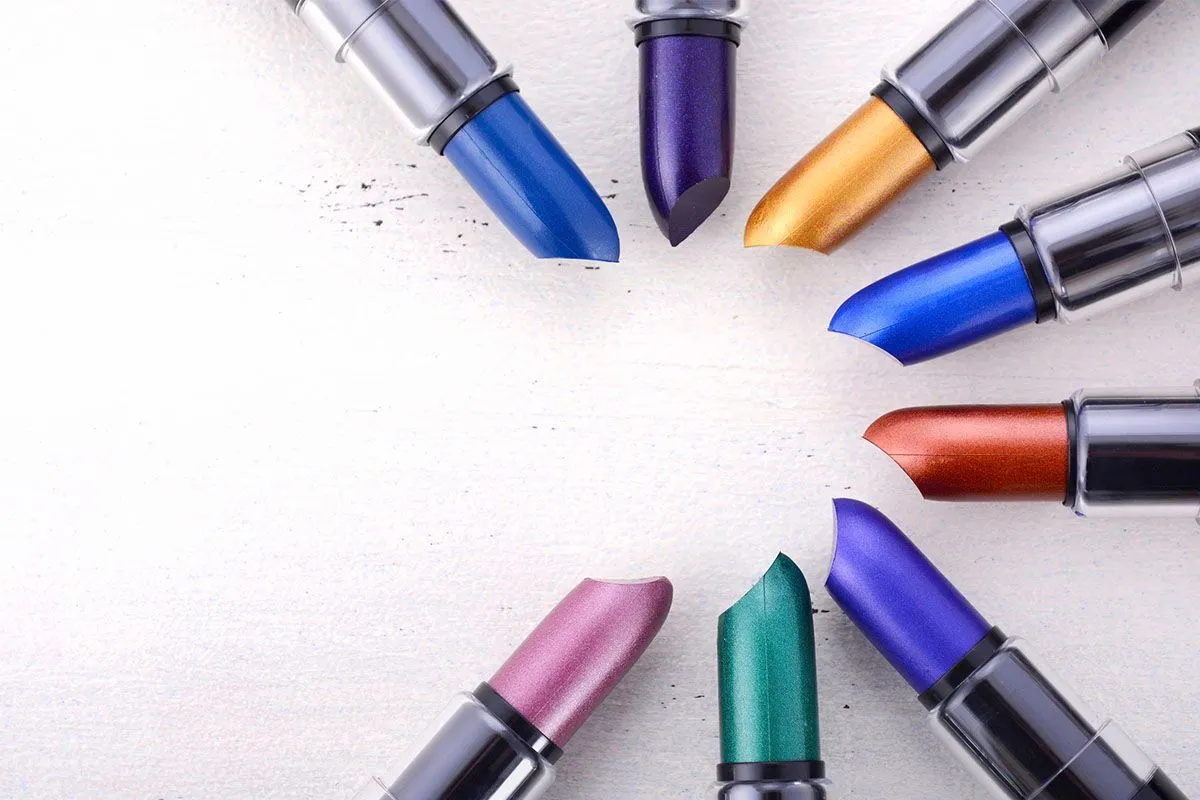
Although there is still no regulation regarding lead in lipsticks, this type of cosmetic product usually contains small amounts of metal in its composition. All types of lipstick can contain heavy metals. In Brazil, many lipstick brands contain up to eight types of metals, from cadmium to aluminum and also lead. However, lead is not used as an ingredient in these products, it only appears as a contaminant in dyes and pigments used in makeup.
According to data from the FDA (the North American body that regulates the food and drug sector), the highest presence of lead was found in pink lipsticks, and the lowest in neutral lip balms. In Europe, brown lipstick was the one with the highest presence of lead. Darker colors had an average of 8.9 ppm of lead, compared to 0.37 in light-colored lipsticks.
Even with the presence of the metal in several lipsticks in the United States, the FDA did not ban the production and sale of these products. This is because until now there is no research that really proves that there is a relationship between lead and the incidence of diseases. However, there are also no concrete studies that show safe levels of lead contact with the lips. Therefore, the maximum limit allowed is 20 ppm.
Here in Brazil, a study carried out by the Federal University of Minas Gerais showed that of the 22 types of lipstick analyzed in the country, only one did not contain lead.
Lead risks
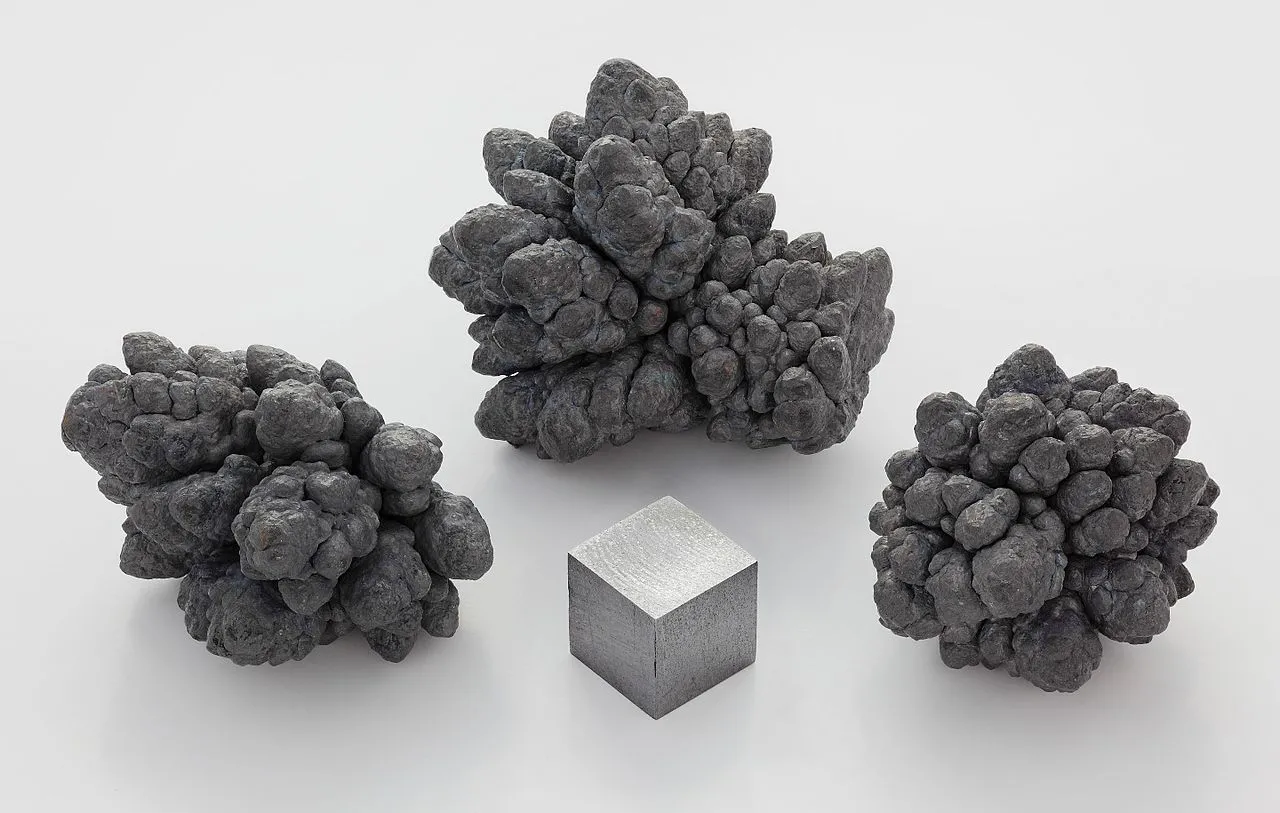
Due to the various harmful effects caused by lead mentioned above, it is normal for there to be concerns about the use of lead in cosmetic products. After all, it is a neurotoxin that has been linked to learning, language and behavioral problems. In addition, lead has been linked to abortion, reduced male and female fertility, and even delayed puberty in girls.
In the case of lipstick, there are still no studies that prove that lead in its composition is a cause for concern. In the case of dyes, despite being regulated, there are still some limitations regarding their use. Starting with pregnant women, who cannot use this type of progressive dye. For other people, use is limited to the scalp only. Therefore, it should not be used to color mustaches, eyebrows, eyelashes or hair on any other part of the body.
Therefore, as concentrations are regulated and relatively low, lead in cosmetics does not pose a major health risk. At least not until there are studies that prove otherwise.
How to identify lead in cosmetics
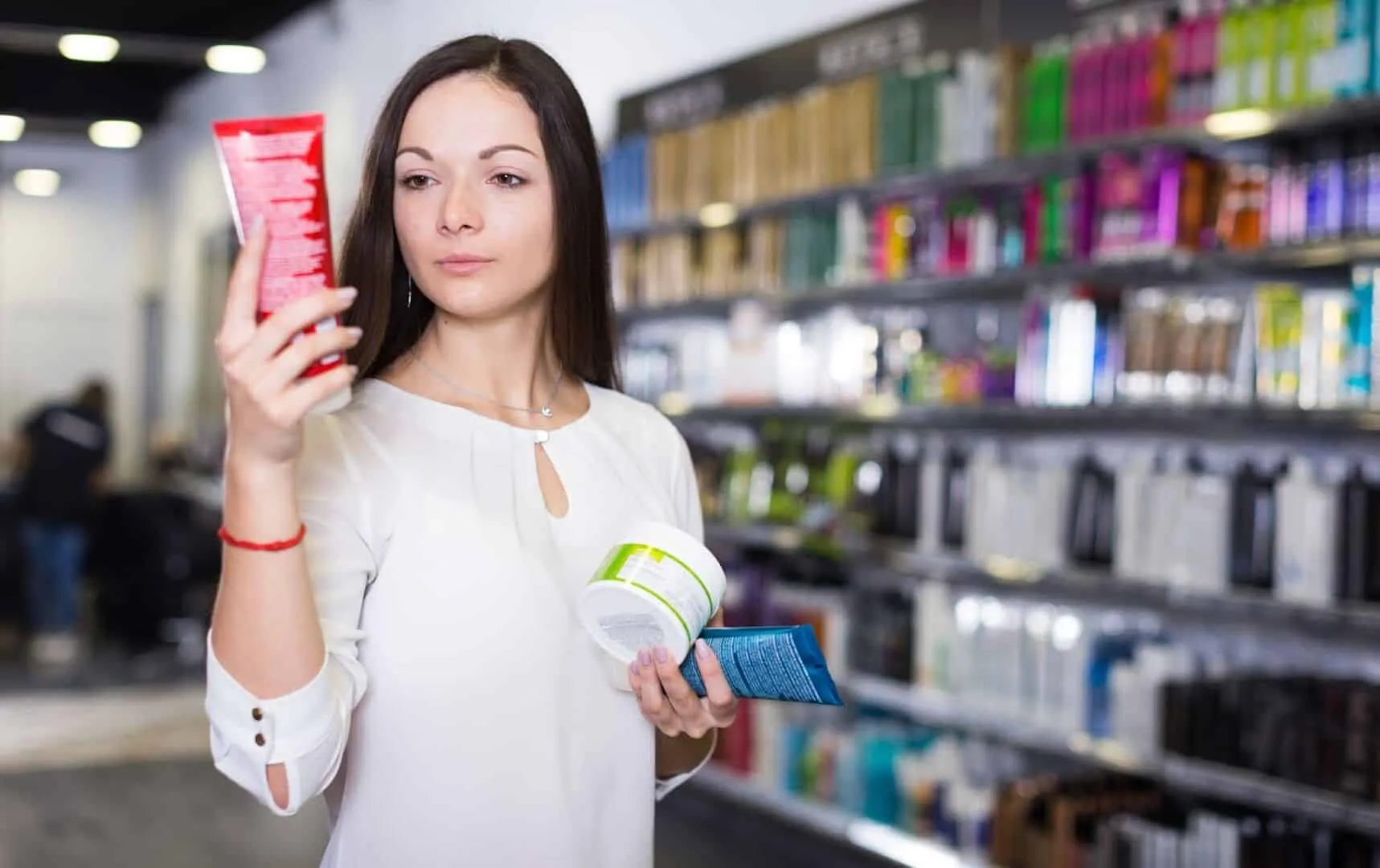
So, if lead contact and contamination is a concern for you, the ideal is to look for metal-free cosmetics. Therefore, here are some tips on what to take into consideration when choosing your cosmetics:
- First of all, you need to be aware that color additives need to be approved by regulatory bodies. In the United States, this body is the FDA and as many cosmetics used in Brazil come from there, it may be interesting to analyze the information and data provided by them.
- Lipstick is the main product that raises concerns about the use of lead in cosmetics. So, one tip is to carefully evaluate which lipsticks to use. Remembering that darker colors are more likely to have high concentrations of the metal.
- To find out if a product contains lead, don’t expect to find information on the packaging. A cosmetic may contain lead and the metal may not be present in the composition list, because it is not considered an ingredient, but rather a contaminant.
- But you can also enter into a contract with the manufacturer of the product in question. The company is not obliged to provide this information, but nowadays many make a point of saying that their products are toxin-free, so they may provide this information.
- And finally, if you want to know for sure whether your cosmetics contain lead, the best way is to carry out tests in laboratories. There are several laboratories that offer this type of service, carrying out a detailed analysis of the product sent.
Anyway, what did you think of this article? In fact, take the opportunity to also check out Natural cosmetics – What are natural vs. organic.
Sources: Vix Mundo Educação WikiHow
Images: Jornal NH Fernanda Freitas Gen Exatas Chemical Risk Talk Science


